Leave A Message: info@paramparafertility.com
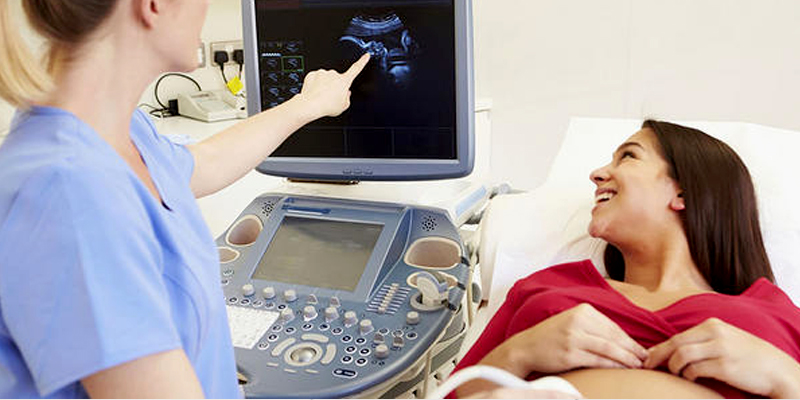
FOLLICULAR STUDY
A follicle study is an examination of the ovarian follicles, which are small pieces of tissue that contain and release eggs. Follicle studies are typically performed via ultrasound. A picture is taken of the internal organs and the results are analyzed. Follicular monitoring or follicular study is a vital component of in-vitro fertilization (IVF) assessment and timing.
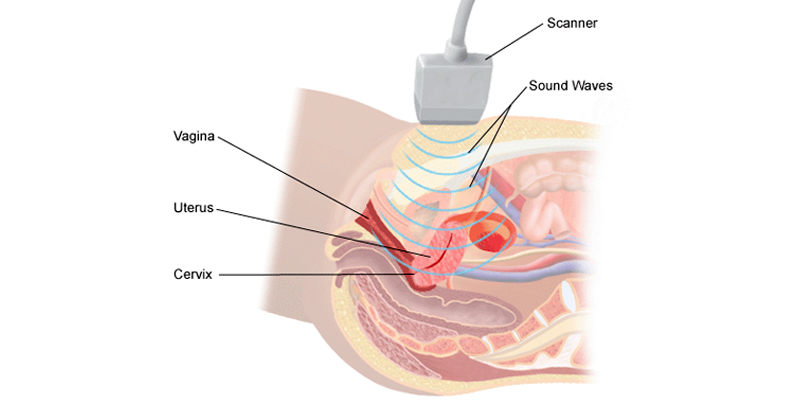
PELVIC ULTRASOUND
A pelvic or gynaecologic ultrasound is an ultrasound of the female pelvis. It examines the female pelvic organs including the uterus (commonly called the “womb”), the endometrium (the lining of the uterus), the cervix and the ovaries. An ultrasound (sonogram) uses sound waves to produce images (pictures) of internal tissues and organs as well as blood flow to the organs.
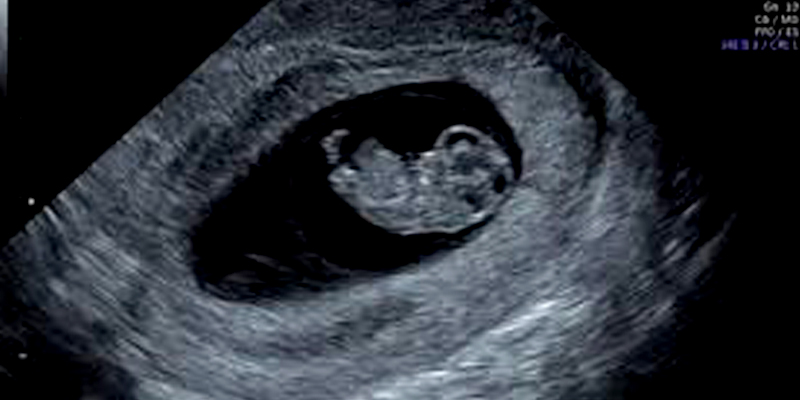
EARLY PREGNANCY SCAN
An early pregnancy (also called a viability or dating scan) will confirm a pregnancy and establish an estimated due date. An early pregnancy viability scan can be performed from 6 weeks of pregnancy, it is available to all woman, and particularly recommended where there has been pain or bleeding.
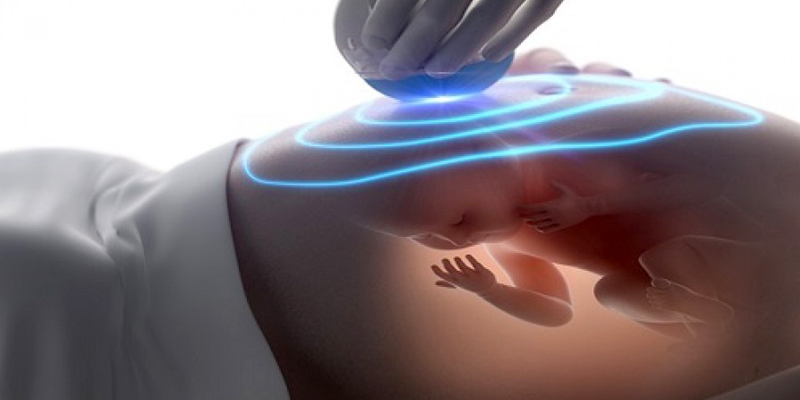
ANOMALY SCAN
It is a technology where eggs are removed from ovaries when they are still immature. They are then matured in the laboratory before being fertilised. The difference between IVM and conventional in vitro fertilisation (IVF) is that the eggs are immature when they are collected. This procedure is used in patient with PCO and poor respondences.
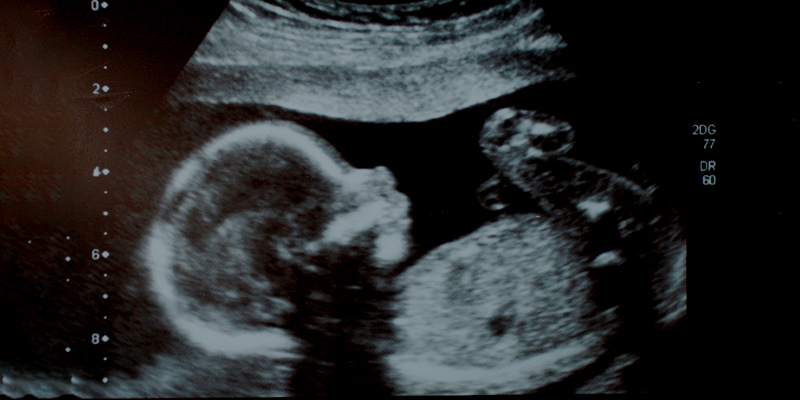
NT SCAN
The nuchal translucency scan (also called the NT scan) uses ultrasound to assess developing baby's risk of having Down syndrome (DS) and some other chromosomal abnormalities, as well as major congenital heart problems. The NT scan measures the clear (translucent) space in the tissue at the back of baby's neck. Babies with abnormalities tend to accumulate more fluid at the back of their neck during the first trimester, causing this clear space to be larger than average. The NT scan is not invasive. The NT scan must be done between 11 and 14 weeks of pregnancy, because this is when the base of baby's neck is still transparent.
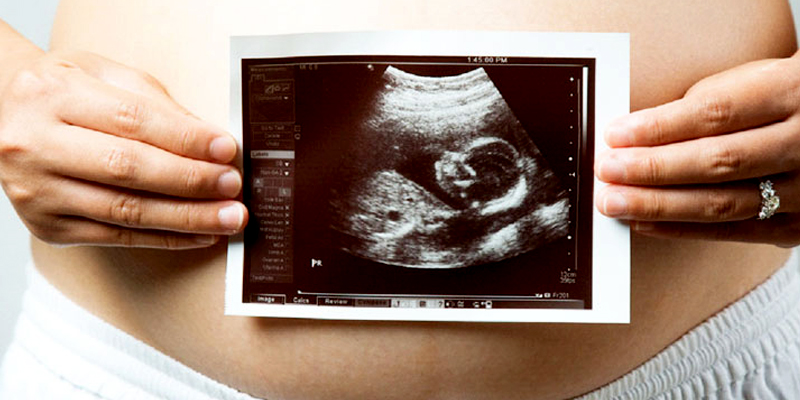
GROWTH SCAN
Semen analysis measures the amount and quality of a man's semen and sperm. A semen analysis is generally the first infertility testing procedure performed during a couple's fertility assessment The semen is collected by masturbation into a sterile specimen cup and sent immediately to our lab. There, the sample will be examined and several measurements will be taken. Among these are quantity of semen, concentration of sperm, sperm motility, and sperm morphology.
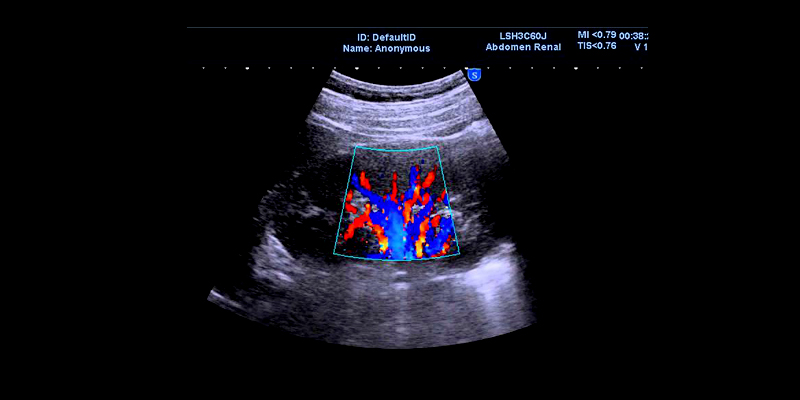
DOPPLER SCAN
A Doppler is a form of ultrasound scan that helps to assess baby's health. It measures the blood flow in different parts of baby's body, such as umbilical cord, brain and heart. This helps to show whether baby is getting all the oxygen and nutrients via the placenta.
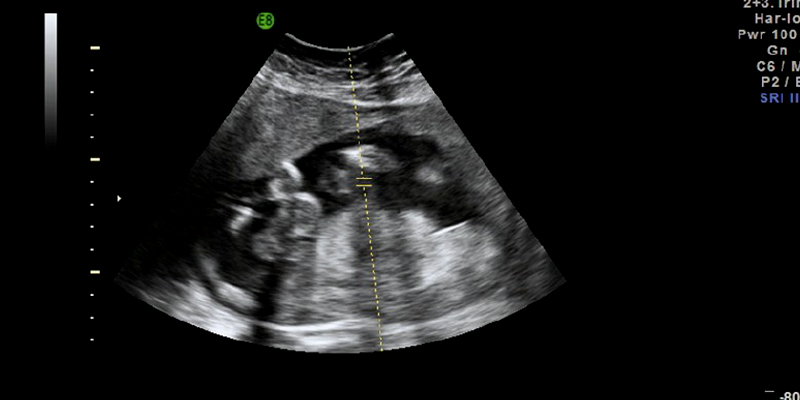
GROWTH AND DOPPLER
Growth scan and colour Doppler studies is done between 36 and 40 weeks of pregnancy.
1.To check the position of umbilical cord
2.To measure the amount of amniotic fluid
3.To check the placental position and maturity
4.To know baby's position and weight
5.To check baby's wellbeing and circulation
6.To assess how a previous caesarean scar appears
Additional scans might be needed at the third trimester if:
1.Baby isn't moving as well or as often as should be
2.Baby is in the breech, oblique or transverse position
3.Carrying twins or more
4.The umbilical cord was seen to be around baby's neck in an earlier scan
5.the amount of amniotic fluid is more or less than it should be
6.Baby feels smaller or larger than expected for the gestational age
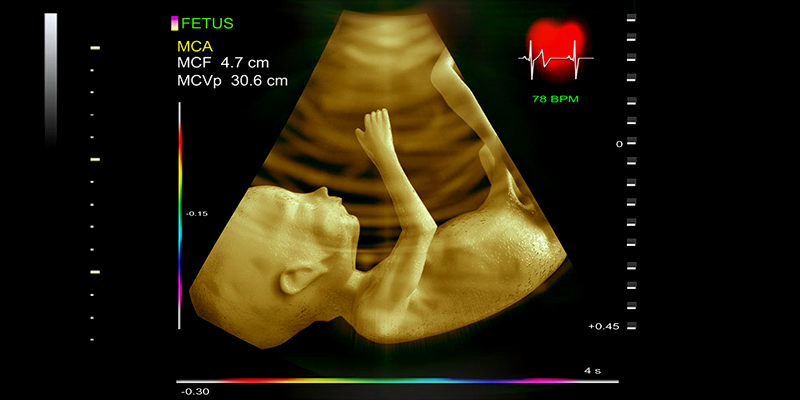
FETAL ECHOCARDIOGRAPHY
It is an ultrasound test done during pregnancy to evaluate the heart of the unborn baby. Echocardiography assesses the heart's structures and function. Fetal echocardiography can help detect heart abnormalities before birth, allowing for faster medical or surgical intervention once the baby is born.
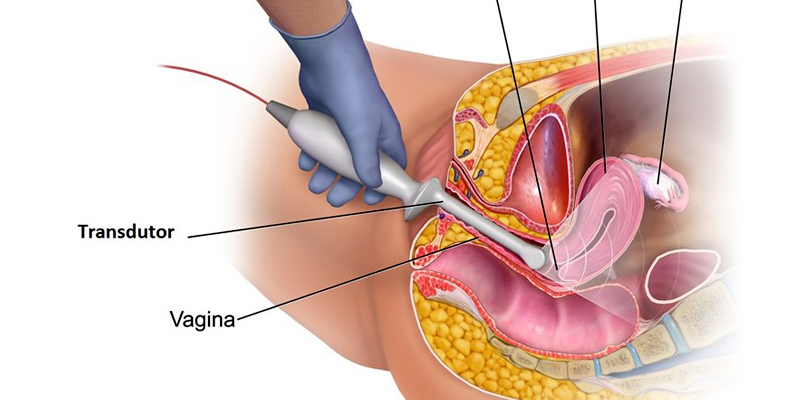
TRANSVAGINAL PELVIC ULTRASOUND (PELVIC TVS)
Transvaginal ultrasound is an examination of the female pelvis and urogenital tract (kidneys and bladder). It helps to see if there is any abnormality in uterus (womb), cervix (the neck of the womb), endometrium (lining of the womb), fallopian tubes, ovaries, bladder and the pelvic cavity. It differs from an abdominal ultrasound as it looks at the pelvic organs from inside the vagina. The test is requested by the doctor if there is a symptom of pelvic pain, abnormal bleeding, to check for fibroids (muscle tumours of the uterus), polyps (areas of thickening of the lining of the uterus), ovarian cysts or tumours, infertility, or assessment of early pregnancy.
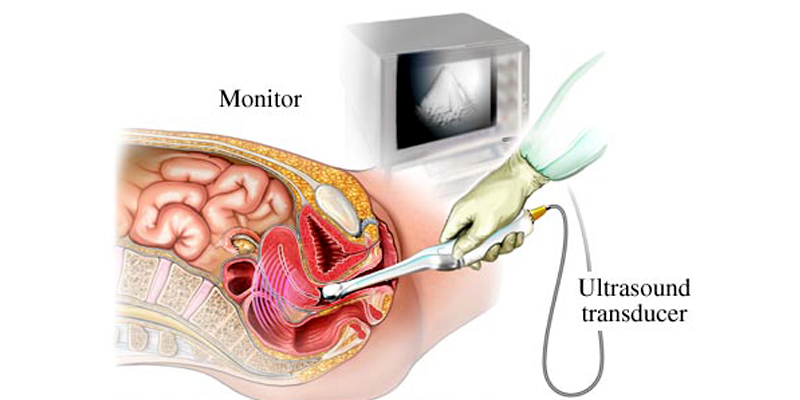
TRANSVAGINAL SCAN (TVS)
A transvaginal scan is done by inserting a probe or transducer into the vagina. Sound waves emitted from the probe bounce off the baby and are captured by the probe again to produce a magnified image of the baby on a computer screen. This magnified image allows the doctor to determine if all is well with the pregnancy.
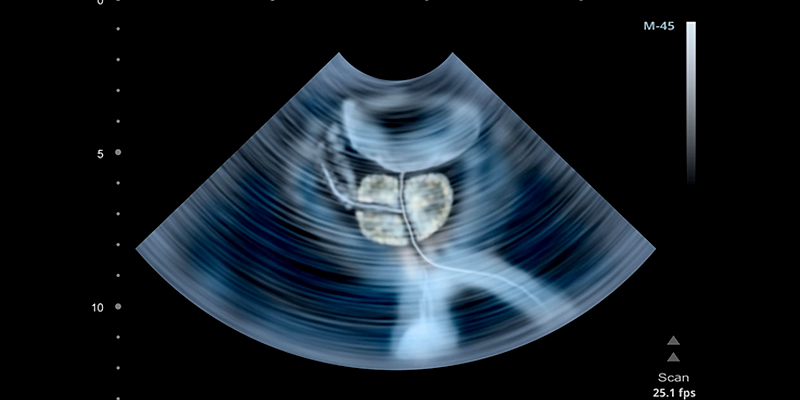
KUB ULTRASOUND
KUB ultrasound is a lower abdominal ultrasound that is done to assess the urinary tract. The kidneys, urinary bladder, and ureters are scanned in females while the seminal vesicles and prostate gland are usually also included in males. A KUB ultrasound can help determine changes in the size of the kidneys, signs of kidney damage, structural abnormalities, and presence of obstruction like kidney stones, tumors, and cysts, 4- to 6-hour fast may be necessary prior to a KUB ultrasound. The patient is also usually instructed to drink a liter of water 1 hour before the procedure. KUB ultrasound requires a full bladder so that the urinary bladder can be properly evaluated especially since the bladder volume is measured during the scan.
Treatments we done
Our Happy Patients
Talented Employees
Branches We Have










